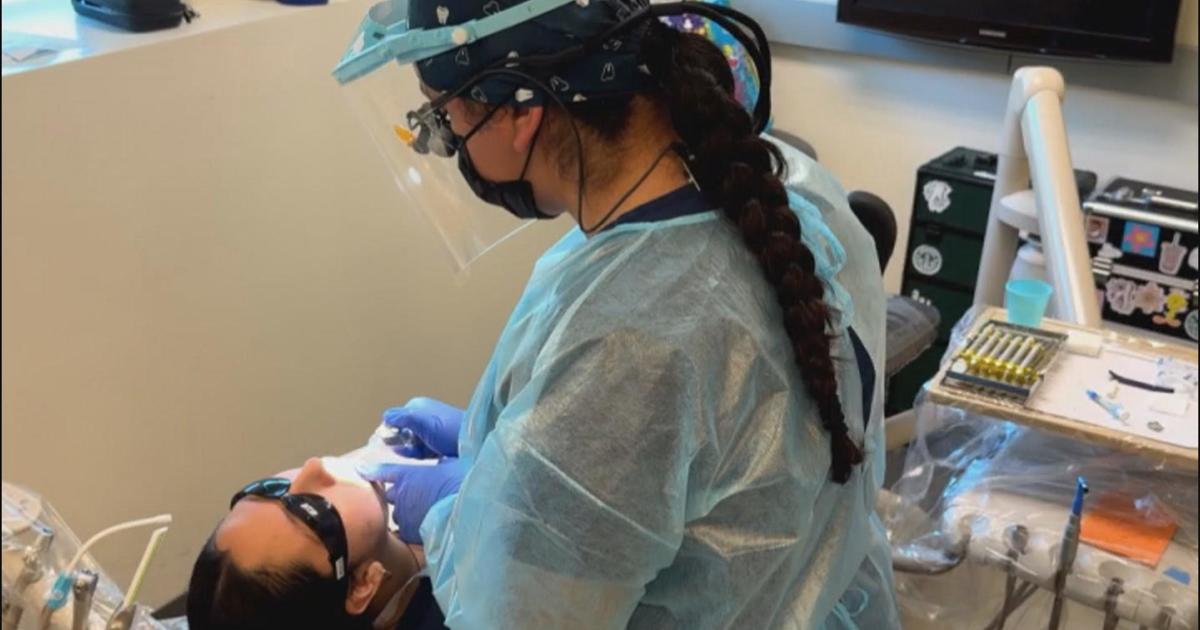Math Magic: 3 Easy Tricks For Kids
By Mark G. McLaughlin
Sometimes the easiest, simplest way to liven up a party, sleepover, family gathering or presentation to a class is to perform a magic trick. Most magic tricks require fancy costumes and props, but math tricks require nothing more than pencils and paper, and so can be done with little preparation. Most people already think doing math is like doing magic, and these three easy math tricks for kids will make them believe the performer is, indeed, magical.
X-Ray Vision Dice Reading Trick
Everybody has some board games around the house that require dice. Everyone can see the numbers on top when they roll them – but you can see through the dice, because when it comes to dice, you have X-Ray Vision.
What You Need:
All you need to do this trick is a piece of paper, a pencil, six six-sided dice, a flat space to roll them, and an audience – or even just one other person.
Announce the Trick:
"I can see through dice! If you roll the dice you can see what is on the top but I, the amazing Gazoo (or whatever magical name you want), can see what is on the bottom of the dice!"
Your Instructions to the Audience:
- Have a volunteer come up, take and roll the dice
- Pretend to be concentrating very hard as you look at the dice. Make as much of this as you can (or can get away with), then close your eyes
- Ask the volunteer to add the top numbers on the dice
- Silently, in your mind, deduct that number from 42. Write it down on the paper and fold it
- Have the volunteer turn each die so the side that was on the bottom is now on top
- Have the volunteer add up those numbers
- Unfold the paper and show it to the volunteer and ask "is this the number you came up with?"
- When the volunteer says "yes!" you wave your arms about and say "ta-da!"
The Trick Explained:
The opposite sides of a six-sided die when added together always equal seven. (If the six is up, then the one is down; if the five is up, then the two is down; if the three is up, the four is down, and vice versa).
So that means that that total of the top and bottom numbers on six dice will be 42 (6 x 7 = 42). If you subtract the top numbers showing from 42, you will get the result for the bottom.
Example A: If all six dice roll sixes (6x6 =36) then all of the bottom dice are ones and will add up to six. So if the volunteer says "36" you subtract that from 42, and write down the result: six.
Example B: If all six dice roll threes (6 x 3 = 18) then all of the bottom dice are fours and will add up to 24. So when the volunteer says "18" you subtract that from 42 and write down the result: 24
This works with any combination of numbers the volunteer rolls.
"Think of a Number" Math Problem
This simple math game is one of the oldest tricks in the magician's handbook – and this is the easiest to learn – and to pull off.
What you Need:
This works best with an audience of one but will work just as well with an entire classroom. Each member of the audience needs a pencil and paper, as do you.
Announce the Trick:
"Silently choose a secret number for this math problem. Whatever you choose, I can predict the answer to the problem."
Your Instructions to the Audience:
- Secretly write down your number
- Now double it
- Add 10
- Halve it
- Take away the number you started with
What you do next: make a big show of thinking very hard, say some magic words, ham it up as much as you want, then take a piece of paper and write down the number five.
Finally, fold the paper, hand it to an audience member and ask "is this the number you came up with after completing your calculations?" Accept their applause, bow and smile.
If they seem at all skeptical, ask them if they are still not convinced you can read their minds. Tell them you will prove it – and have them do it again. Once again, the answer will be five. (The answer, by the way, will always be five. Not convinced, try it yourself:
Example A: The number chosen is 90. Doubling it yields 180. Adding 10 makes 190. Halving that makes 95. Take away your chosen number (95 – 90) and the result is five.
Example B: The number chosen is 13. Doubling it yields 26. Adding 10 makes 36. Halving it makes 18. Subtract the chosen number (18 – 13) and the result is five.
Revealing Your Age and Shoe Size Through Magical Math
This is an easy trick, but one best played on an audience composed of people of various ages and sizes (otherwise your audience will think this one is too obvious).
What You Need:
An audience that varies in age and size, each with a pencil and paper.
Announce the Trick:
"Using the magic of math I will determine your age and your shoe size!"
Your instructions to the audience:
- Write down how old you are
- Multiply it by 20 percent of 100...which is 20 for those who have forgotten your percentages
- Add to that the number of today's date. (Whatever day of the month it is, 10, 16, etc.)
- Multiply the total by one-fifth of 25...which, for those who have forgotten their fractions is five
- Add your shoe size. If you wear a half size, like, say a 12 ½, round up to the nearest whole number, which in that case for big foot would be a 13
- Write down on the side today's date – and multiply it by five
- Subtract that number from the larger number
What you then say:
"You have a number with hundreds, tens and single digits. That 'hundreds' number may say, 1200 – in which case 12 is the hundreds. That is how old you are, right? And the last two numbers, well, that is your shoe size. Right?"
Finally, when the audience asks "how did you do that?" you reply "very well, thank you." (After all, a magician never reveals to his audience how he tricked them; it is part of the Magician's Code).



